In 1926, German watchmaker Hans Wilsdorf announced the launch of Rolex’s first fully waterproof watch, the Oyster. Little did he know that this new technology would soon revolutionize the workforce of the western world.
For hundreds of years, watchmakers had faced a pressing dilemma. Watches were made of dozens, sometimes hundreds, of tiny moving parts. Some of these parts were so small and delicate even a speck of dust could inhibit their movement.
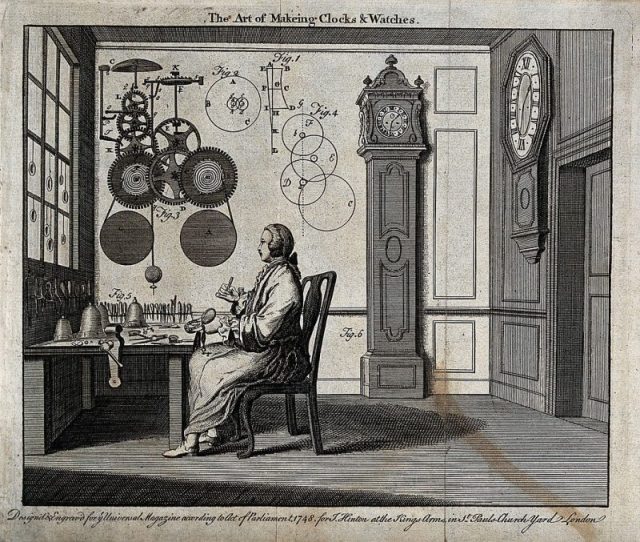
Watchmakers sought to solve this problem by creating dustproof watch cases. This was important, not only for protecting the watch’s parts but also for preserving the oil inside so that it could keep running smoothly.
The problem was, these watch cases didn’t protect the watches when they were out of the case and on someone’s wrist. To solve this, the watches themselves had to be made dustproof.
As watchmakers developed these dustproof watches, they soon realized that dust-proofing would also make their watches resistant to water. Thus began the evolution of the waterproof watch.
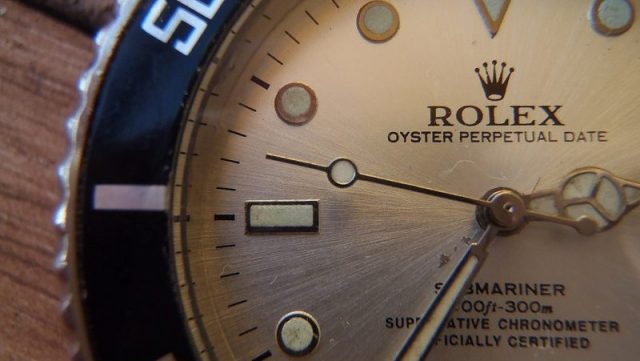
After hundreds of years of tinkering, the first waterproof watch was finally displayed at the Great Exhibition in London in 1851. It was the creation of the W. Pettit & Co. of Crombies Row, Commercial Road East, London.
According to the Official Descriptive and Illustrated Catalogue of the Great Exhibition, the object of the invention was to protect the watch’s inner parts from rust and seawater. To demonstrate its effectiveness, the watches were put on display suspended in a glass globe filled with water and even small fish.
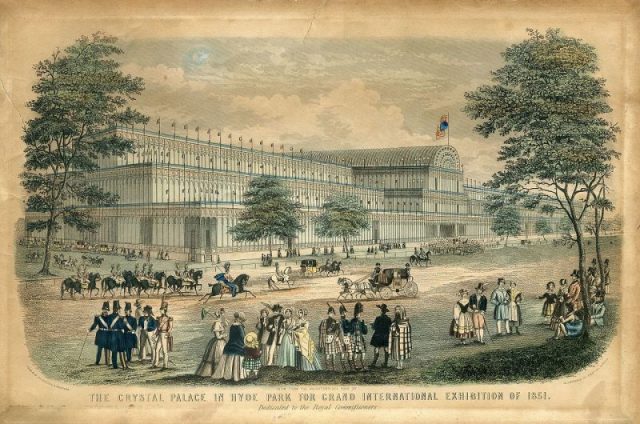
However, according to the UK Intellectual Property Office, no patents were filed between 1820 and 1900 for waterproof watches. This left the technology up for grabs, and it was Rolex that finally patented the technology and marketed the “first” waterproof watch.
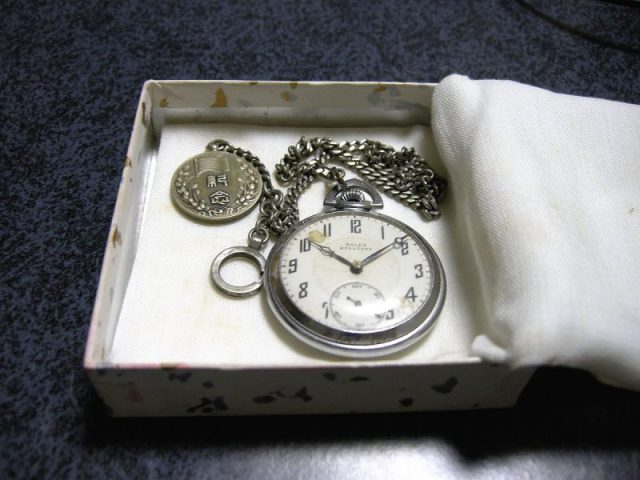
Before the waterproof models, watches were only available to the wealthy. Regular workers spent too much time getting their hands dirty to keep their watches clean and working properly. But the moisture and dustproof models made watches suddenly more practical and fashionable for the common person.
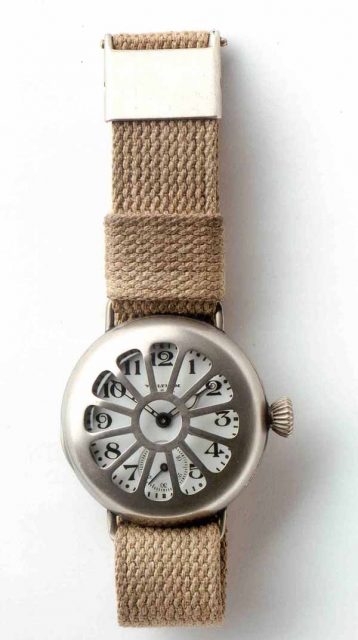
As a result, demand for wristwatches exploded, and watch manufacturing became cheaper and more efficient. This further exploded the demand for watches, and then something interesting happened.

The popularity of the watch dramatically transformed expectations of factory workers. Before wrist watches, these workers didn’t know what time to get up and come to work. The factory owners would have to send professional door knockers to come and tell people when it was time to get up.
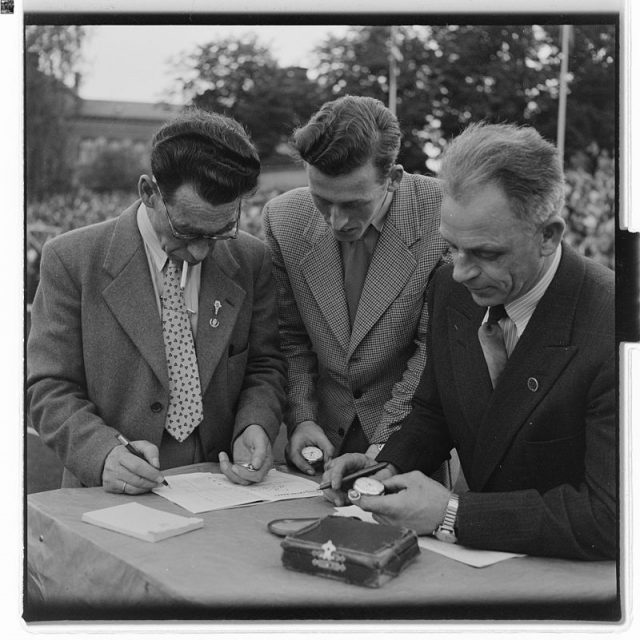
But when wristwatches became popular, the modern phenomenon of organized personal autonomy entered the western workforce. Suddenly, workers were expected to report to their jobs at a specific time, or face disciplinary action.
This need to be “on time,” and to “manage time” quickly became a part of western culture. It completely disoriented some people, who were not used to managing their day according to a device on their wrist.
Read another story from us: When Forgeries Become Famous: The Shadwell Dock Medallions
Today, living by clock time seems almost as natural as breathing. But it’s a fairly new concept, and it all started with watchmakers who were looking for a way to keep the insides of their watches clean.
